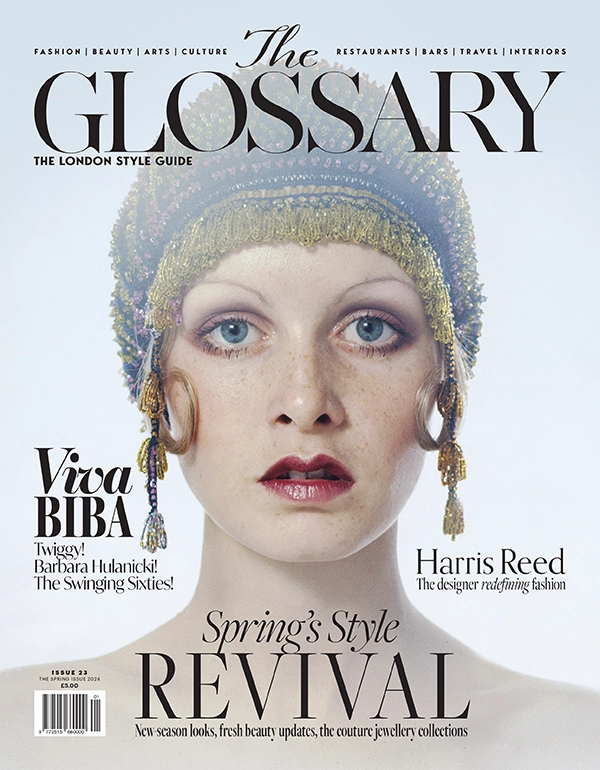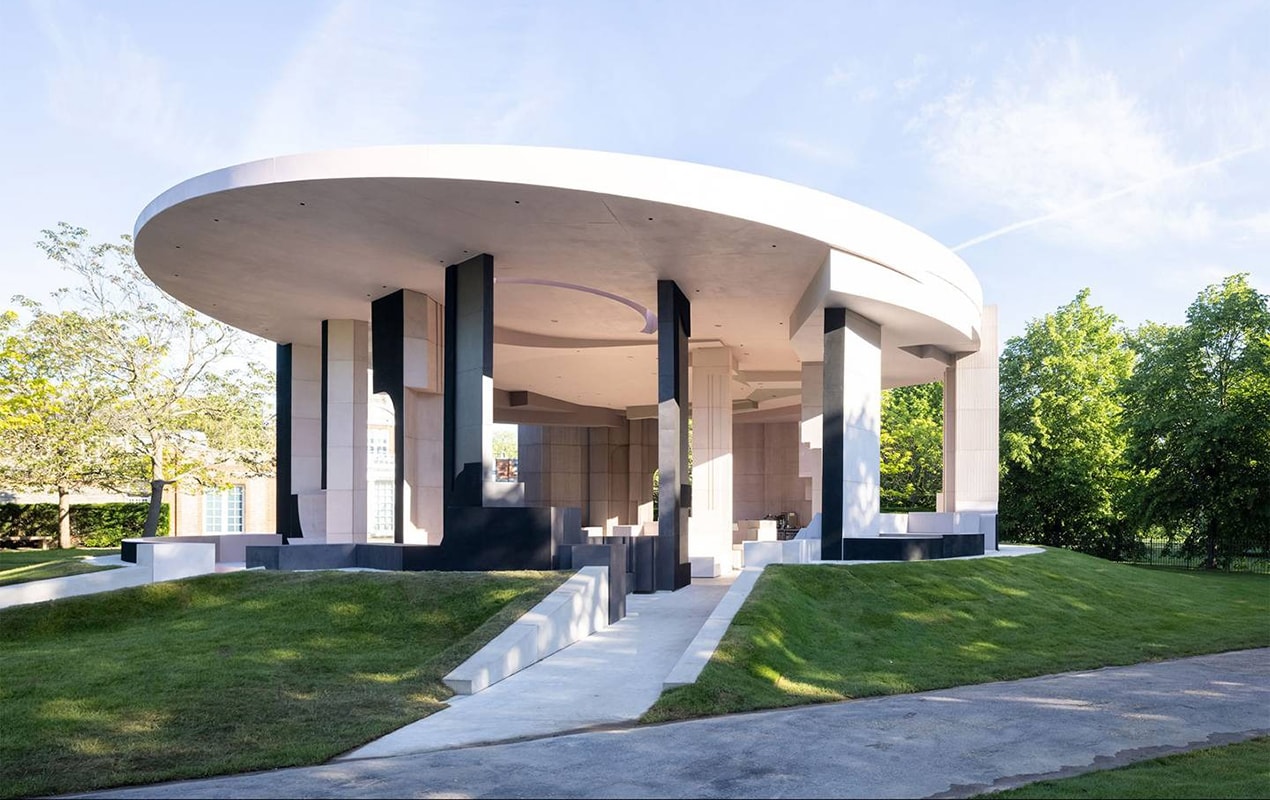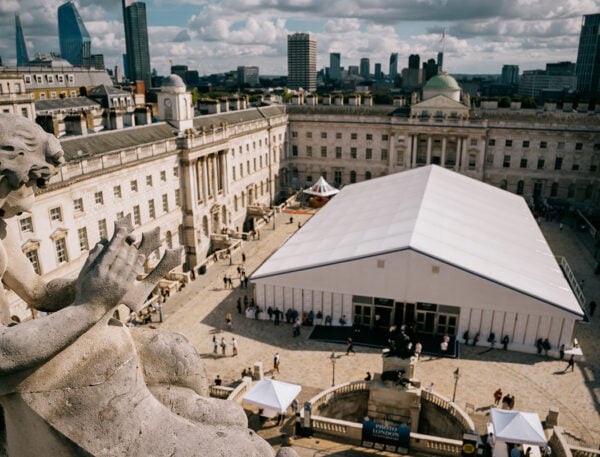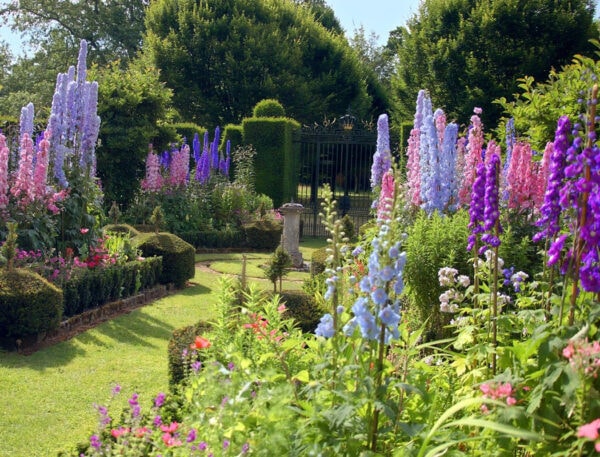On 11 June, the Serpentine Pavilion in Hyde Park reopens with an innovative new design by young architect Sumayya Vally. Already hailed as an architectural triumph, the inclusive space is inspired by the ‘past and present places of meeting, organising and belonging’ across some of the city’s most multicultural neighbourhoods and communities. It’s set to be London’s cultural hotspot of the summer.
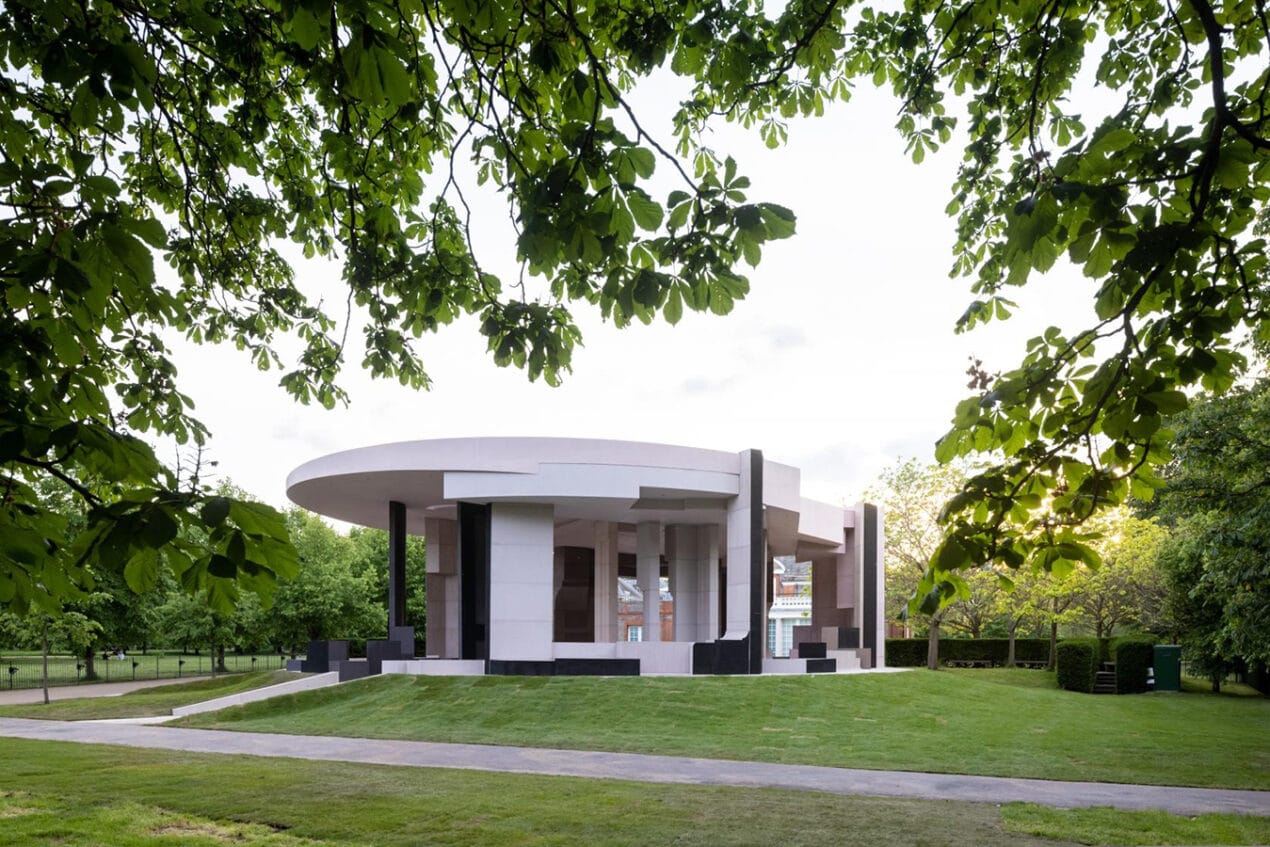 Pin
Pin The 20th Serpentine Pavilion to date, this year’s project pays homage to existing and erased places that have been the centre of communities across London over the years. Inspiration is taken from places of worship such as Fazl Mosque and East London Mosque, cooperative bookshops like Centerprise in Hackney, plus entertainment and cultural sites like The Four Aces Club on Dalston Lane, and events including the Notting Hill Carnival.
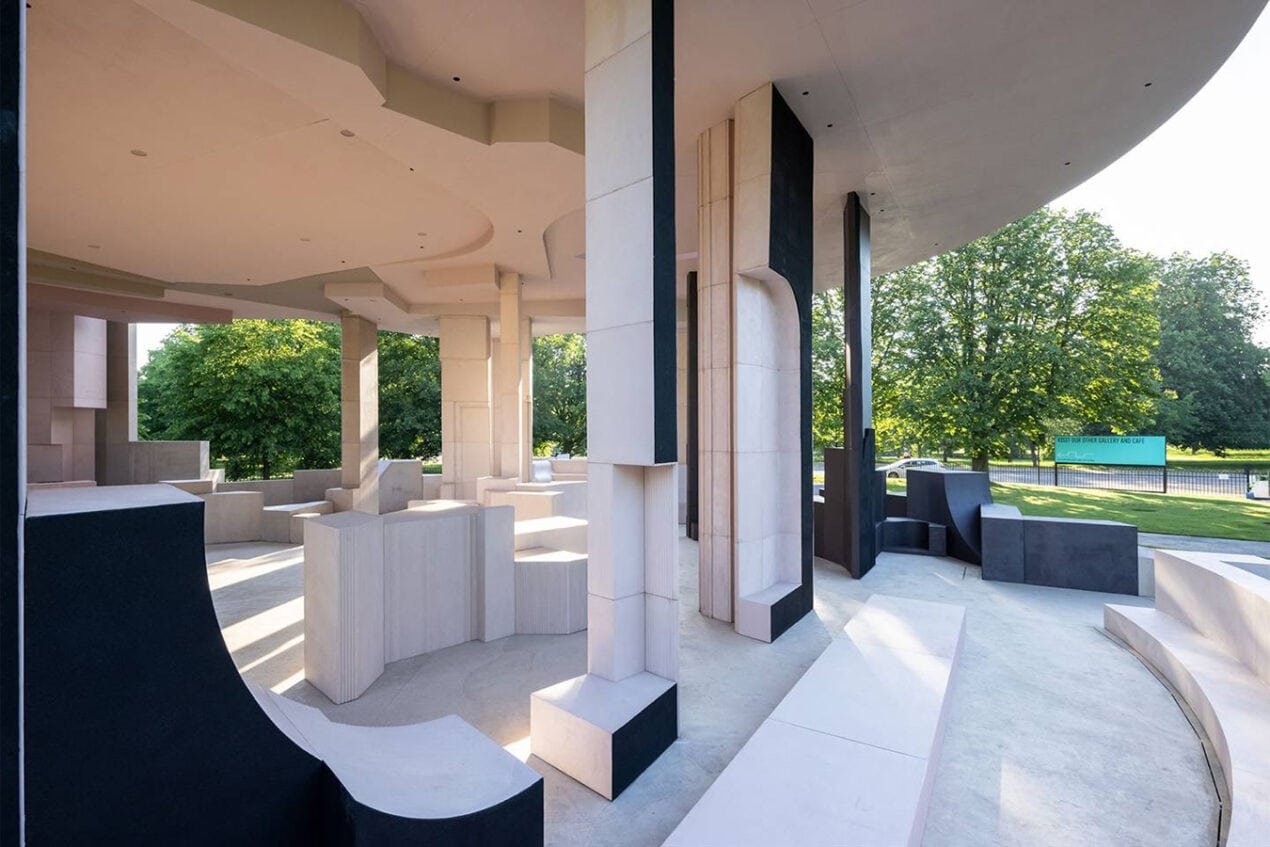 Pin
Pin Creating a new place for people of all cultures and communities to gather, the structure blends abstract, superimposing and splicing architectural elements to bring all the shapes of London into one striking structure in Kensington Gardens. A base of reclaimed steel, cork and timber is decorated with varying textures and hues of pink and brown are drawn directly from the light and architecture of the city.
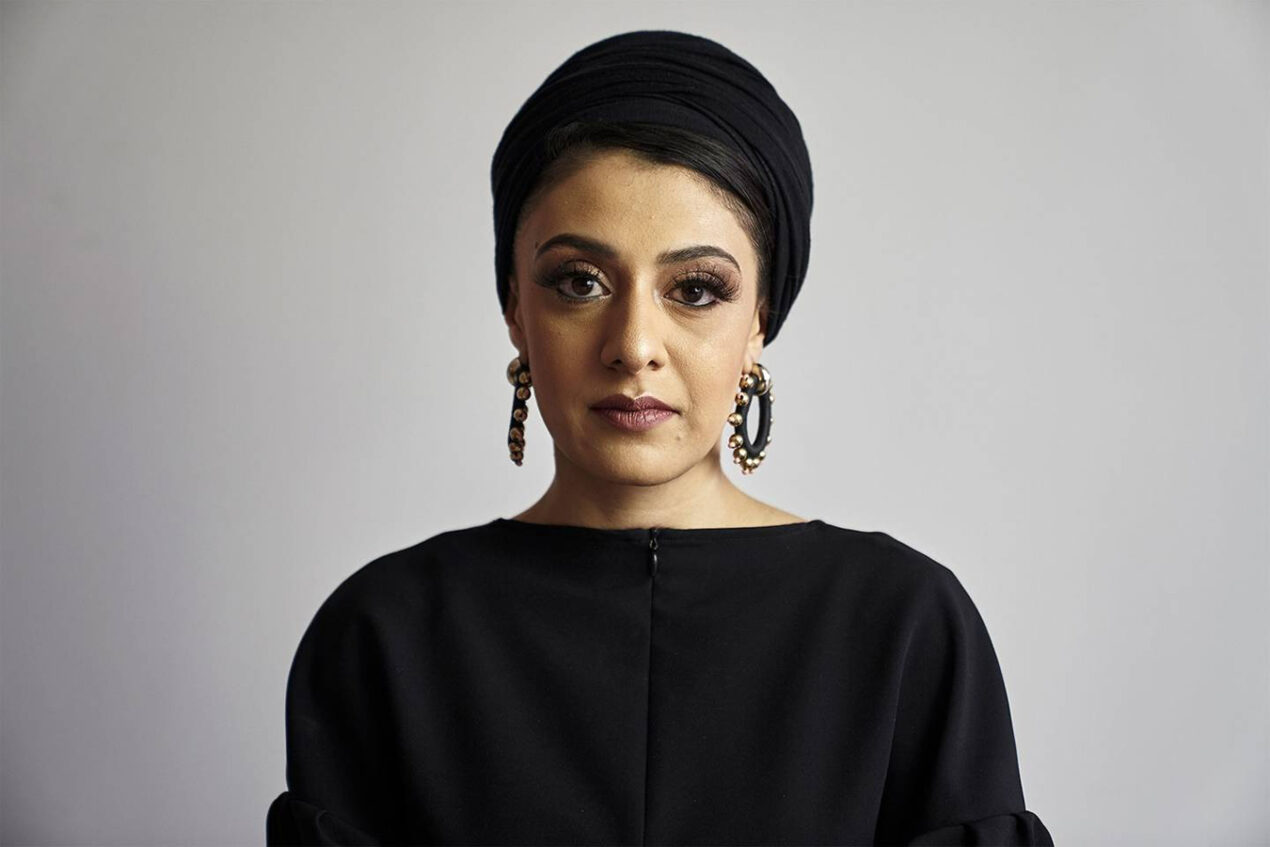 Pin
Pin The project was masterminded by Johannesburg-based architectural practice Counterspace, directed by Sumayya Vally, who was honoured on this year’s TIME100 Next List. At 30 years old, Vally is the youngest architect to ever receive the prestigious Serpentine Pavilion commission. She follows in the footsteps of acclaimed architects such as Zaha Hadid, Toyo Ito and Oscar Niemeyer, who designed previous versions of the structure.
“My practice, and this Pavilion, is centred around amplifying and collaborating with multiple and diverse voices from many different histories; with an interest in themes of identity, community, belonging and gathering,” Sumayya Vally says. “The Pavilion proposes a holding place – holding the ambition of a performative, political intervention, a pavilion which speaks of multiple acts of home; holding stories, energies and histories of movement – and the myriad ways in which people have made a city a place to take hold and, in turn, a place in which to be held.”
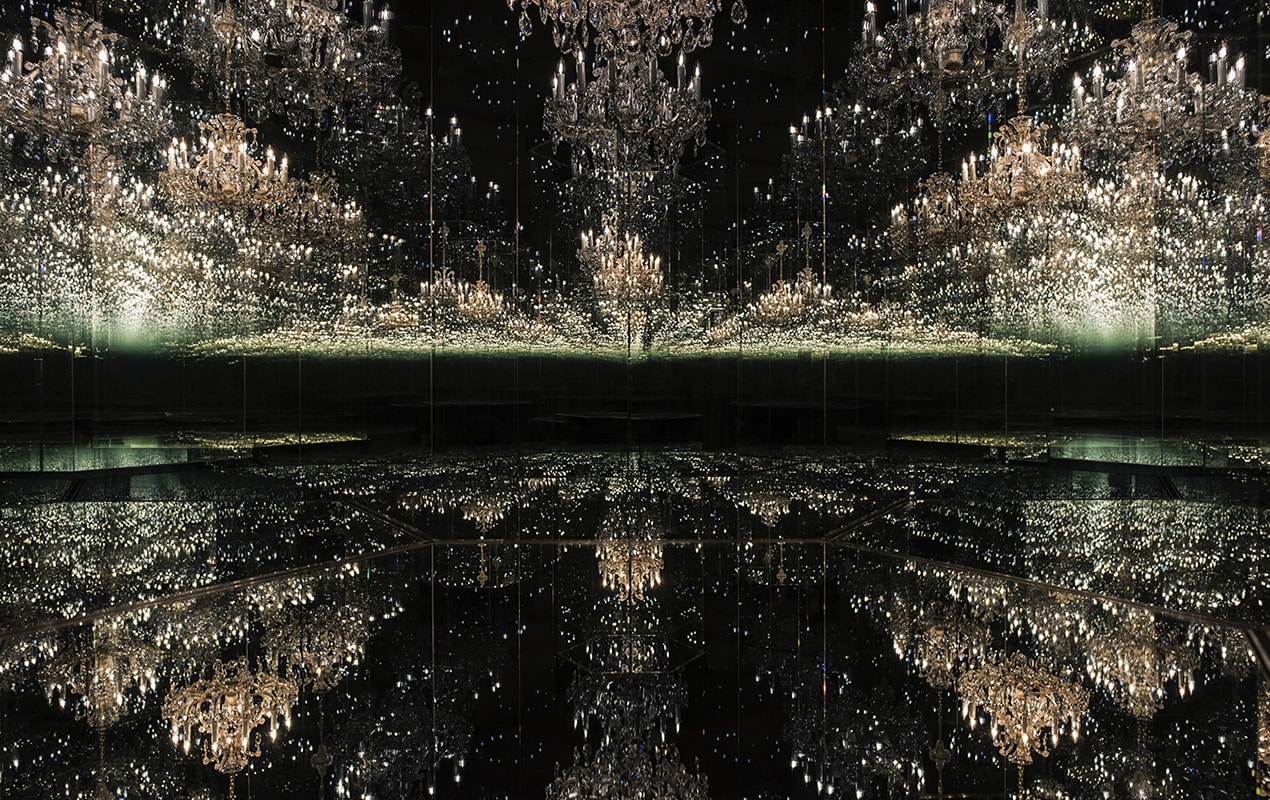 Pin
Pin “The past year has drawn these themes sharply into focus and has allowed me the space to reflect on the incredible generosity of the communities that have been integral to this Pavilion,” she adds. “This has given rise to several initiatives that extend the duration, scale and reach of the Pavilion beyond its physical lifespan. In a time of isolation, these initiatives have deepened the Pavilion’s intents toward sustained collaboration, and I am excited to continue this engagement with the Serpentine’s civic and education teams and our partners over the summer and beyond.“
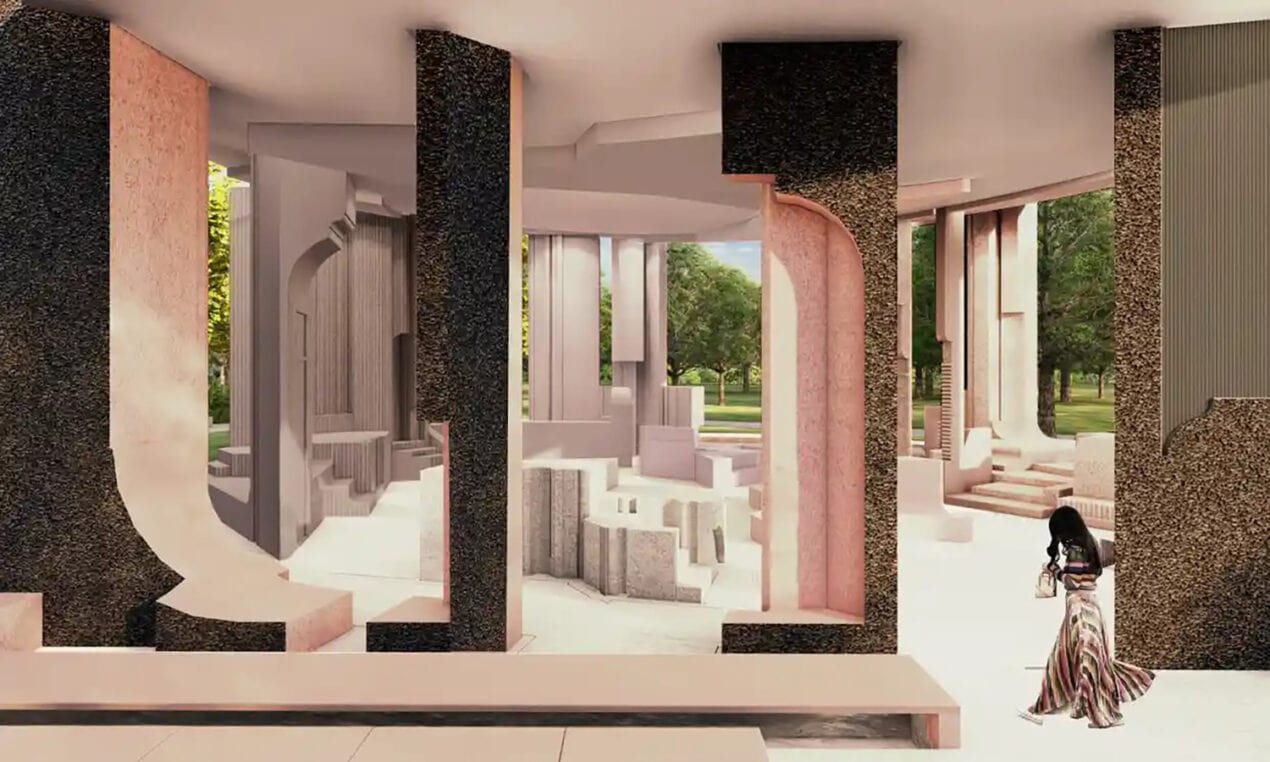 Pin
Pin More than a physical space where people can meet, the Pavilion will play host to the annual Serpentine Live Programme. This year, it’ll showcase Listening to the City, a specially commissioned sound programme aiming to connect visitors to the stories and sounds of selected London neighbourhoods. The programme was created in collaboration with respected artistic talents including sound artist Ain Bailey and writer Jay Bernard. The space will also aid Support Structures for Support Structures, a grant and fellowship programme working with artists and collectives working at the intersection of art, spatial politics and community practice.
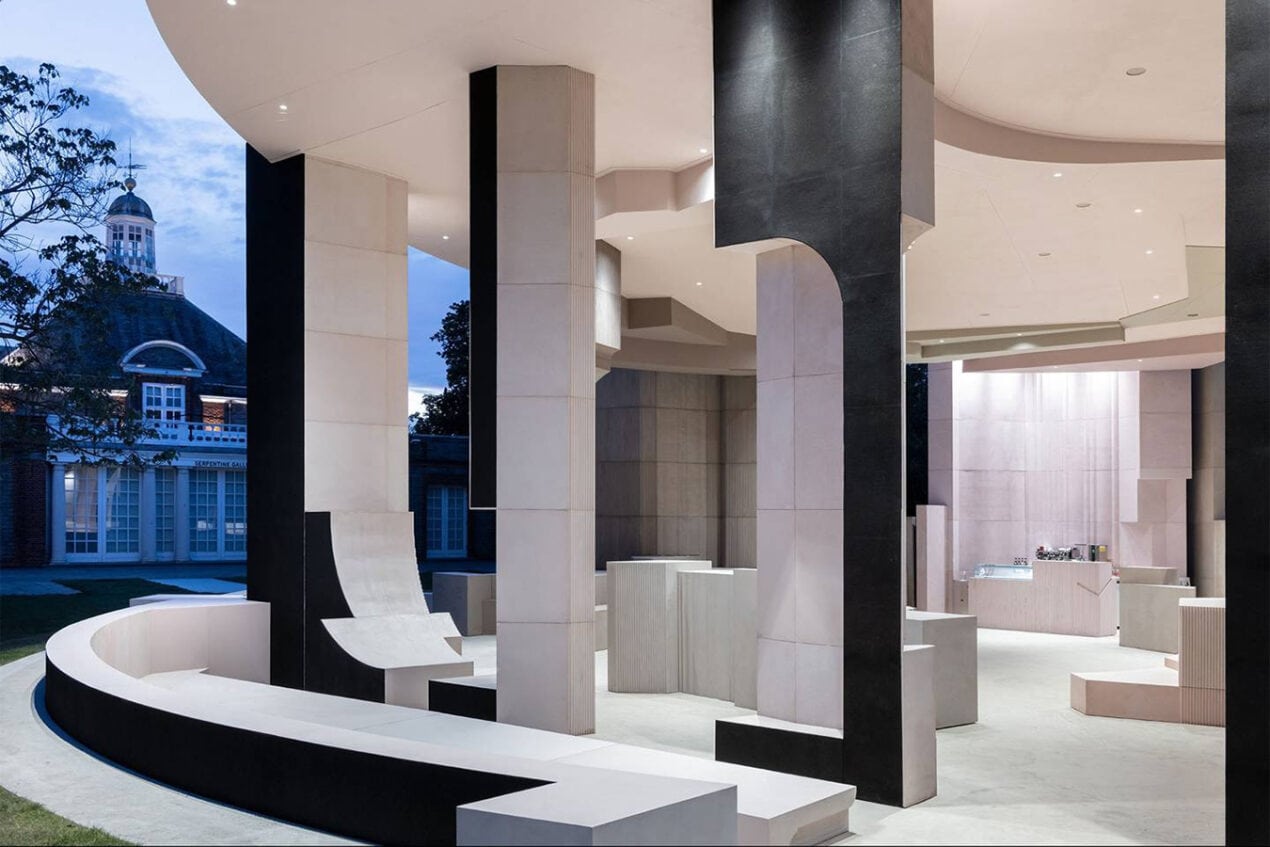 Pin
Pin For the first time, fragments of the Pavilion are placed in partner organisations which inspired the project. These include New Beacon Books in Finsbury Park, one of the first Black publishers and booksellers in the UK; The Tabernacle, a multi-purpose venue and community centre in Notting Hill; Albany, an arts centre in Deptford; and the Becontree Forever Arts and Culture Hub in Barking and Dagenham. The aim is to encourage visitors to explore the city on a deeper level and engage with the organisations and meet with the communities beyond Hyde Park.
